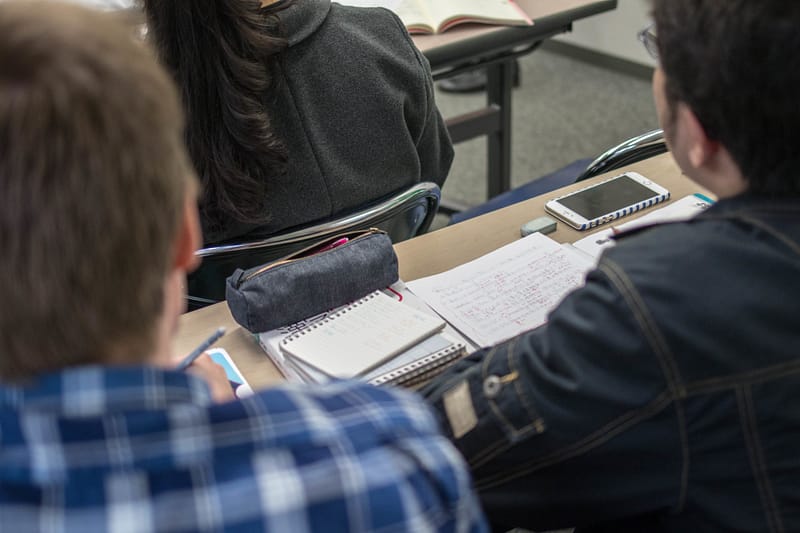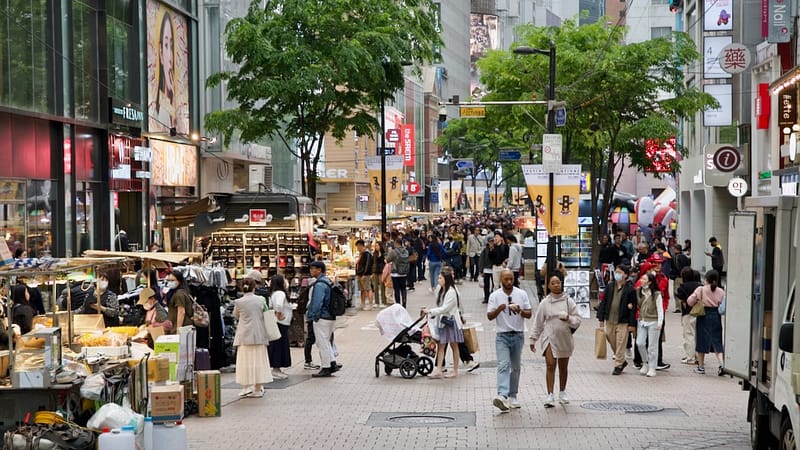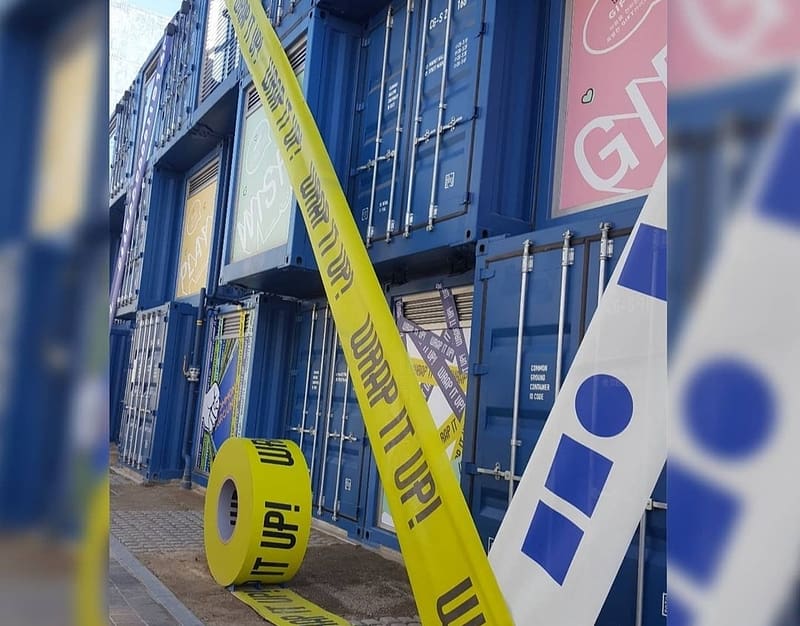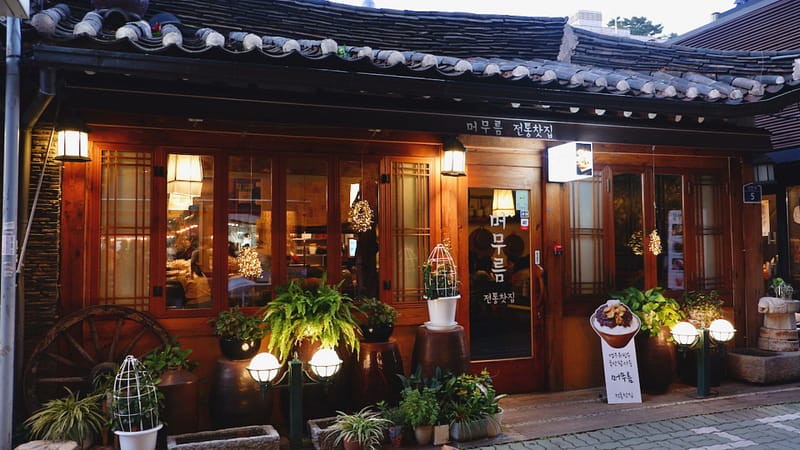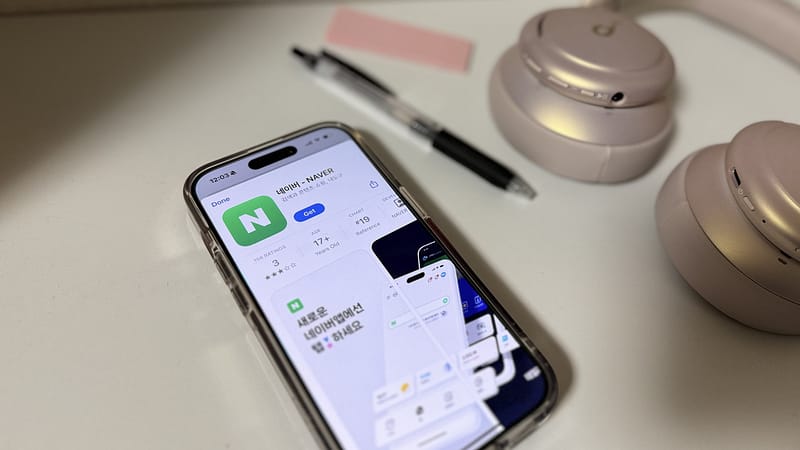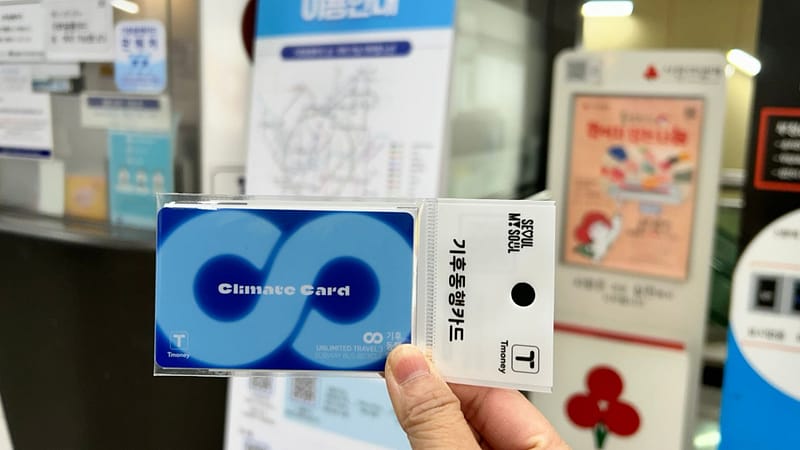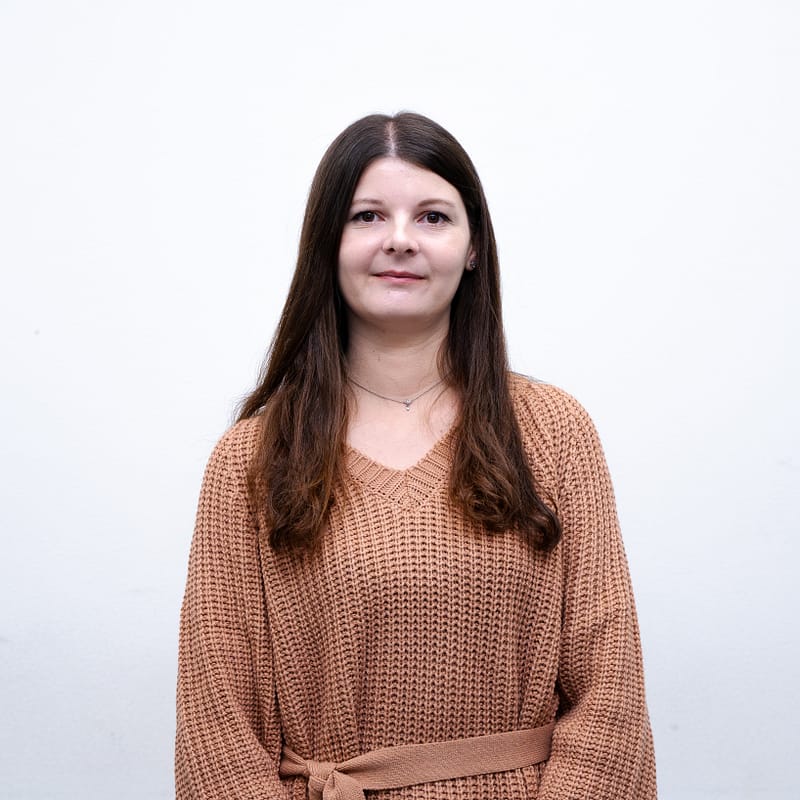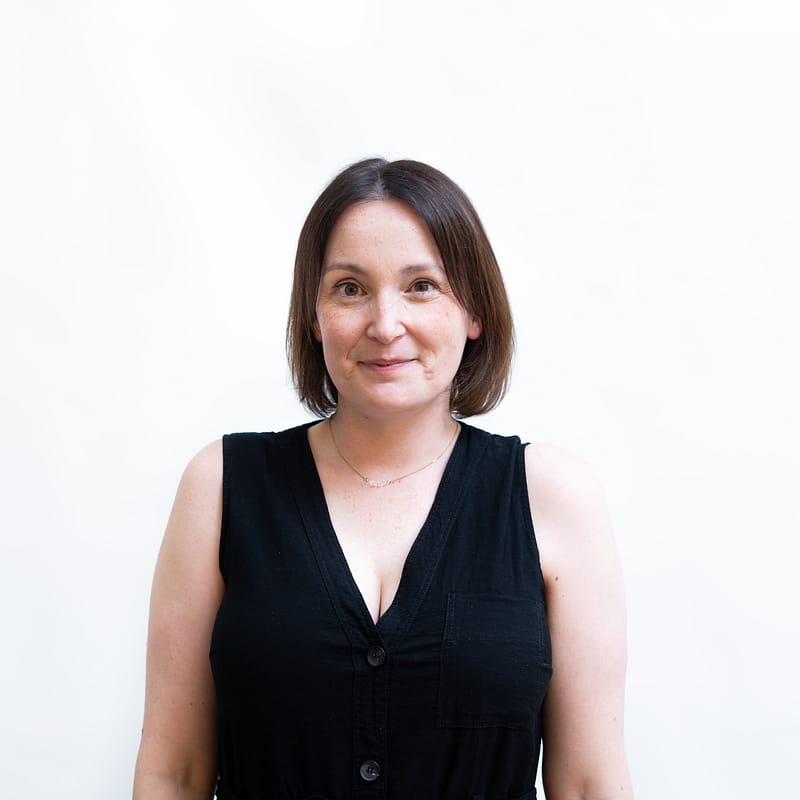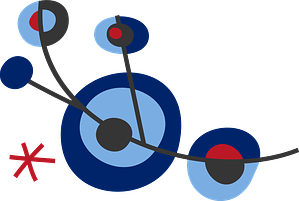Are you studying Korean in a local institution, or simply as a hobby born out of a passion for K-pop and K-dramas? Or are you thinking of starting to learn it properly? In this article, let’s read about how studying Korean at a Korean university will help you improve much faster.
Lessons in universities
Korean courses in language institutes at Korean universities are usually divided into six levels. Levels 1 and 2 are for beginners, levels 3 and 4 are intermediate, and levels 5 and 6 are the advanced levels. Each level lasts approximately three months. It means to complete a full course of study starting from the lowest level, it will take a year and a half. Not bad, right? In order to reach an advanced level of the language in such a short time, the courses are made to be very intensive and therefore require constant daily study.
Classes are held every day for four hours. Some universities hold classes in the morning, others in the afternoon, and others in both time slots, allowing students to choose which time slot to enroll in for that term. Classes consist of daily learning of new grammar rules and words, as well as lots of practice together with fellow students. Since this is a course for international students from all over the world, the most immediate language for communicating with classmates will be Korean, as not everyone is fluent in English.
Two exams are scheduled for each term: the mid-term and the final exam at the end of the term. If you fail the exam, you will not be able to proceed to the next level, although many universities still give the opportunity to retake a test before the start of a new term. In addition to these two exams, some universities also provide weekly tests, which allow both the student and the teacher to see if learning is progressing in the right way.
If you have never studied Korean before and do not know the Hangul alphabet, that is, the alphabet used by the Korean language, you need not worry: at Level 1 you start with the alphabet itself, because there are many students who arrive in Korea without learning it. To get an idea of what it is, try taking a look at our article on the Korean alphabet.
We recommend our Korean online courses to prepare for offline lessons in Korea. You find here our beginner courses in partnership with Korean universities. Check them out!
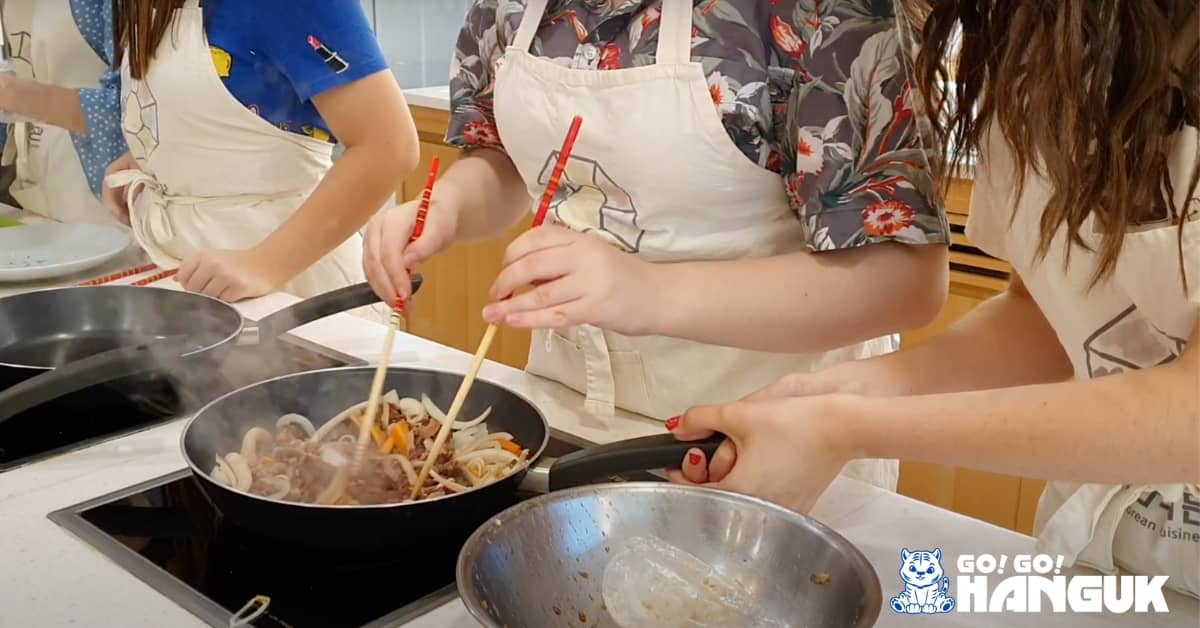
Extra activities
If you study Korean at a Korean university, in addition to language classes, you will also get the chance to join a variety of other cultural activities. These can be visits to museums, or festivals that take place in the city, or trips of a couple of days to farther places, which will allow you to get closer to your fellow students while discovering Korea.
At some universities it is also possible to join afternoon clubs attended by Korean university students. This way, in addition to fully experiencing Korean university culture, you will have a chance to practice your language skills and make new friends.

Services at Korean universities
Korean universities offer a variety of services. The first, and perhaps the most important, service is the dormitory.
The university dormitory is located on campus and is one of the most convenient accommodation options when studying in Korea. Dormitory rooms, depending on individual university, can be single or double. However, one disadvantage of the dormitory is that there is often a curfew, i.e., a time limit by which you have to return in the evening, as well as a maximum limit on overnight absences. If this might be a problem for you, you don’t have to worry, as we can help you find alternative accommodation near the university.
You will also have the opportunity to eat on campus. In fact, there are usually one or more cafeterias where you can eat Korean food at a very cheap price. There are also cafeterias where you can take a break, and convenience stores, that is, small supermarkets where you can find everything: snacks, drinks, ramen or other consumer goods.
Last but not least, the library. With the student card provided to you by the university, you can borrow books, use the computers made available to students, and study in peace in the designated areas.
For more information, follow the Go! Go! Hanguk blog and feel free to contact us about living and studying in Korea.
